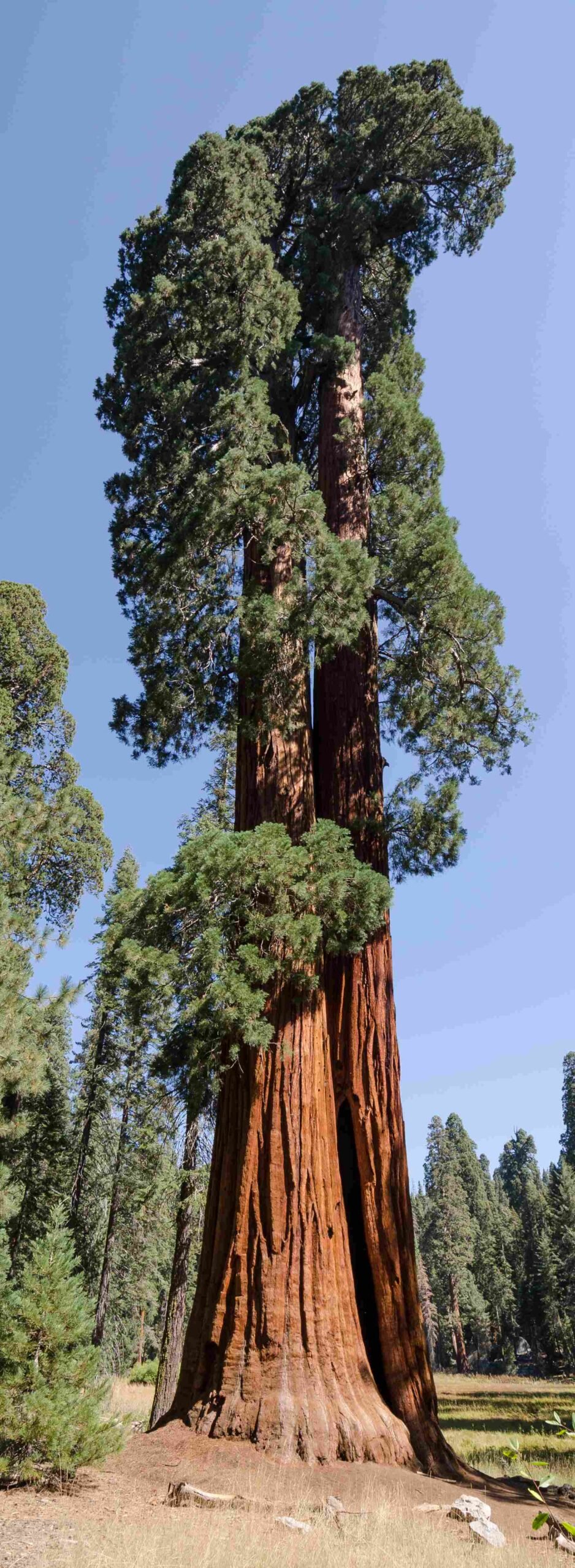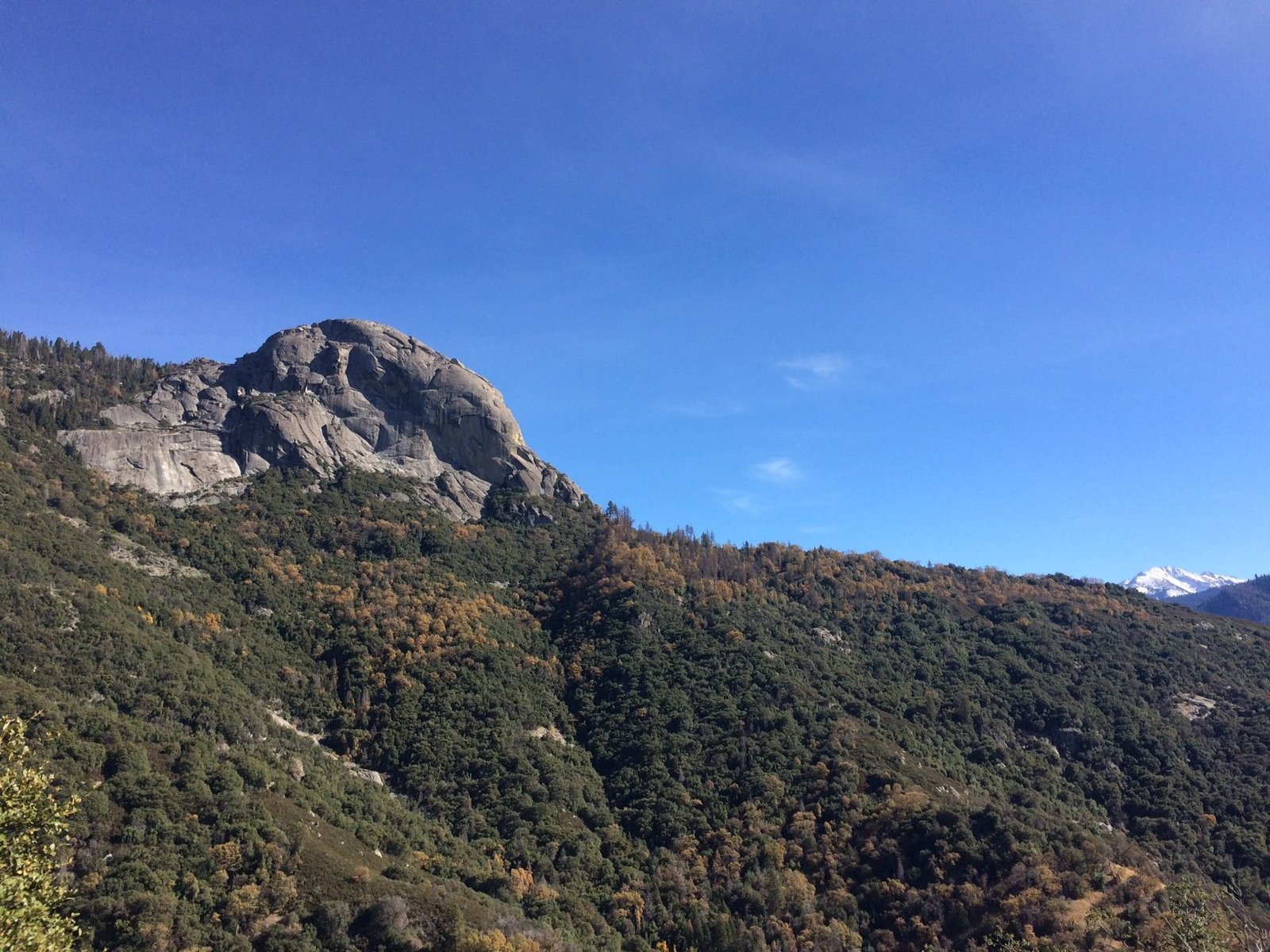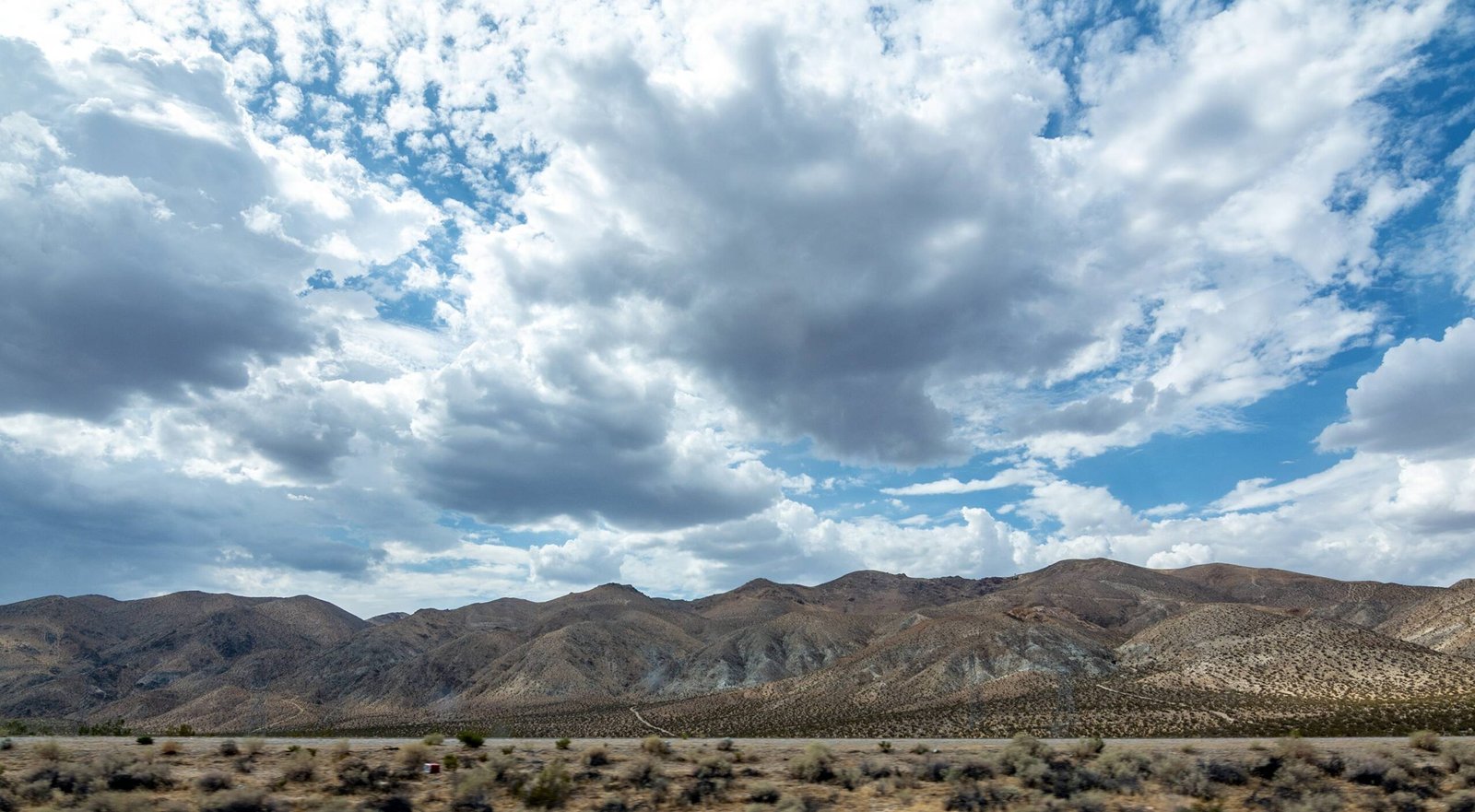Mule deer in Sequoia National Park are a common sight, inhabiting diverse ecosystems from oak woodlands to high-elevation forests. These adaptable creatures migrate seasonally within the park’s vast elevation range of 1,370 to 14,494 feet. Known for their distinctive large ears and bounding gait, mule deer play a crucial role in the park’s ecosystem. They are herbivores, feeding on a variety of plants and adapting their diet to seasonal changes. The park’s protection ensures a thriving population, making it an ideal location for wildlife enthusiasts to observe these majestic animals in their natural habitat.
What Are the Specific Habitats of Mule Deer in Sequoia National Park?

Mule deer in Sequoia National Park occupy a range of habitats, each offering unique resources for their survival:
- Oak Woodlands: Provide acorns, a crucial food source
- Hilly Terrain: Offers protection and diverse vegetation
- Dense Shrublands: Supplies cover and browse material
- Coniferous Forests: Provides shelter, especially in winter
- Meadows: Offers nutritious grasses and herbs in summer
The park’s varied elevation allows mule deer to migrate seasonally, adapting to changing weather conditions and food availability. In summer, they often inhabit higher elevations with lush vegetation, while in winter, they descend to lower areas with more accessible food sources.
How Do Vegetation Types Influence Mule Deer Distribution?
Mule deer distribution in Sequoia National Park is closely tied to vegetation types:
- Deer Brush: A favorite food source, attracting deer to areas where it’s abundant
- Manzanita: Provides both food and cover
- Snowbrush: Another preferred browse plant
- Riparian Zones: Offer water access and diverse plant life
- Conifer Stands: Provide shelter, especially during harsh weather
The park’s diverse plant communities create a mosaic of habitats that support mule deer throughout the year, allowing them to find suitable food and shelter as seasons change.
What Are the Behavioral Patterns of Mule Deer in Sequoia National Park?

Mule deer in Sequoia National Park exhibit various behaviors that help them thrive in their environment:
- Feeding Patterns:
- Primarily herbivorous diet
- Browse on leaves, shrubs, and herbaceous plants in summer
- Consume more woody plants, twigs, and bark in winter
- Feed on acorns, berries, and grasses when available
-
Often feed near water sources
-
Mating Rituals:
- Rutting season occurs in autumn (September to March)
- Bucks compete aggressively for mates
- Use antlers to establish dominance
-
Bucks often maintain a ‘harem’ of does during breeding season
-
Daily Activity Cycles:
- Most active near dawn and dusk
- May forage at night, especially in open areas
- Form family groups led by experienced does
-
Bucks often travel alone or in small groups
-
Behavioral Adaptations:
- Distinctive bounding gait for rapid travel over rough terrain
- Adjust diet and migration patterns based on seasonal changes
- Use elevated vantage points to detect predators
How Do Mule Deer Adapt to Seasonal Changes in Sequoia National Park?
Mule deer in Sequoia National Park have developed several strategies to cope with seasonal variations:
| Season | Behavior | Habitat Preference | Diet |
|---|---|---|---|
| Summer | Move to higher elevations | Meadows and forests | Leaves, shrubs, herbaceous plants |
| Winter | Descend to lower elevations | Riparian zones, conifer stands | Woody plants, twigs, bark |
| Spring | Gradual upward migration | Mixed habitats | New growth, emerging plants |
| Fall | Prepare for winter, mating season | Varied, often near food sources | Acorns, late-season berries |
This seasonal adaptation allows mule deer to maximize resource utilization and survive the changing conditions within the park.
What Is the Estimated Population and Conservation Status of Mule Deer in Sequoia National Park?
While specific population numbers for mule deer in Sequoia National Park are not readily available, several factors contribute to their conservation status:
- Protected Habitat: The park’s designation provides a safe haven for mule deer, free from hunting pressures.
- Population Dynamics: Deer numbers fluctuate based on food availability, habitat quality, and predation.
- Carrying Capacity: Populations may increase until reaching the habitat’s carrying capacity.
- Overflow Effect: Surplus deer from the protected park area may support populations in surrounding regions.
Conservation efforts within the park include:
- Habitat management to maintain a balance of water, food, and cover
- Fire cycle management to promote vegetation diversity
- Minimizing human disturbance to natural habitats
- Ongoing research and monitoring of deer populations and health
These efforts aim to ensure the long-term viability of mule deer populations within Sequoia National Park.
Where Are the Best Locations for Viewing Mule Deer in Sequoia National Park?
For visitors hoping to observe mule deer in Sequoia National Park, consider the following tips:
- Best Viewing Times:
- Dawn and dusk offer peak activity periods
-
Early morning and late afternoon provide good opportunities
-
Recommended Locations:
- Meadow areas, especially in summer
- Near water sources like rivers and lakes
- Oak woodland edges
-
Along less-traveled trails
-
Viewing Etiquette:
- Maintain a safe distance (at least 75 feet)
- Use binoculars or zoom lenses for close-up views
- Avoid disturbing or feeding the deer
- Stay on designated trails to minimize habitat impact
Remember, patience and quiet observation are key to successful wildlife viewing. Always follow park regulations and guidelines to ensure the safety of both visitors and wildlife.
What Equipment Should Visitors Bring for Mule Deer Observation?
To enhance your mule deer viewing experience in Sequoia National Park, consider bringing:
- Binoculars for distant observation
- Camera with a zoom lens for photography
- Field guide to help identify deer and other wildlife
- Comfortable, quiet walking shoes
- Warm layers for early morning or evening viewing
- Water and snacks for extended observation periods
By being prepared and respectful, visitors can enjoy memorable encounters with mule deer in their natural habitat within Sequoia National Park.
References:
1. California mule deer – Wikipedia
2. Mule & Black-Tailed Deer National Park Wildlife
3. Wildlife Portfolio of the Western National Parks (California Mule Deer)

